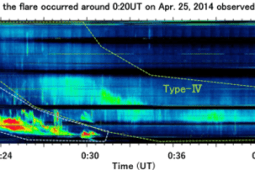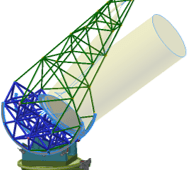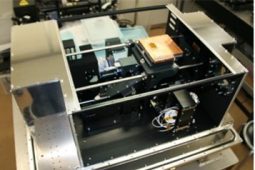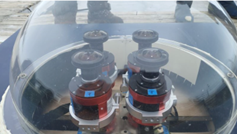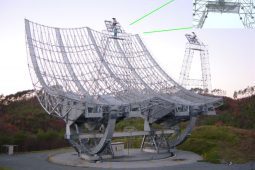Research on deriving electron density and temperature in Earth’s magnetosphere and ionosphere using data from the Arase satellite
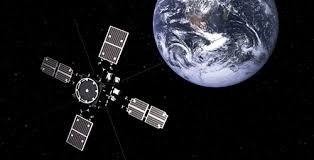
This post is also available in: Japanese
Since 2017 the Arase satellite has been investigating electron number density and temperature in the near-Earth environment. Electron density is derived from the upper-hybrid resonance (UHR) frequency recorded by the onboard electric-field antennas, yet this technique tends to underestimate density in low-density regions. To address the bias, we integrated satellite potential, in-situ particle measurements, and solar UV flux, and compared the resulting data set for 2017–2022. The analysis shows that, under geomagnetically quiet conditions, satellite potential and electron density exhibit a clear proportional relationship, with an additional dependence on electron temperature. These findings reduce measurement uncertainties and will enhance the accuracy of plasma observations by BepiColombo/MMO, scheduled to explore Mercury in 2026. Written by KAWAGATA Keiya.
This post is also available in: Japanese

